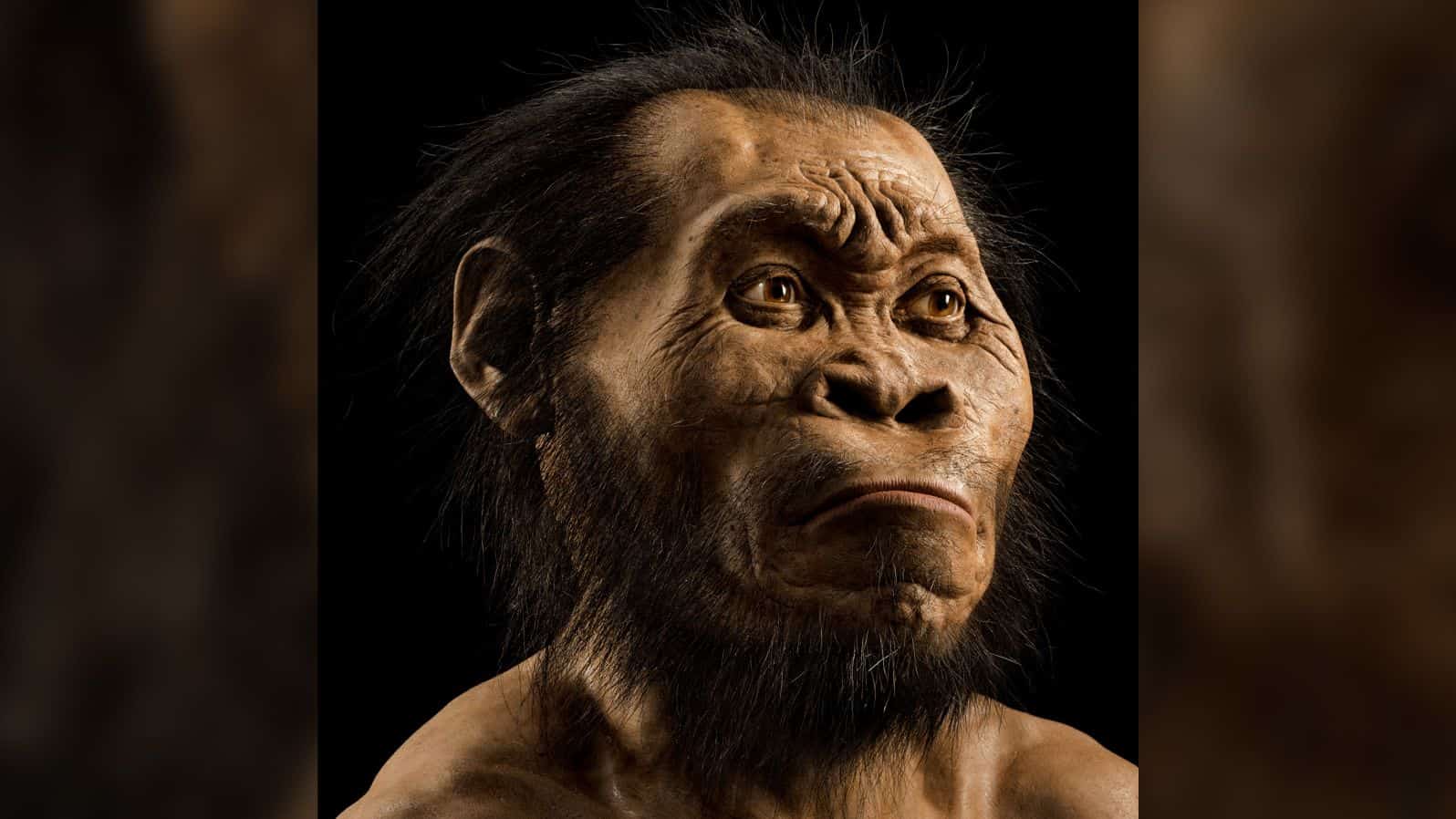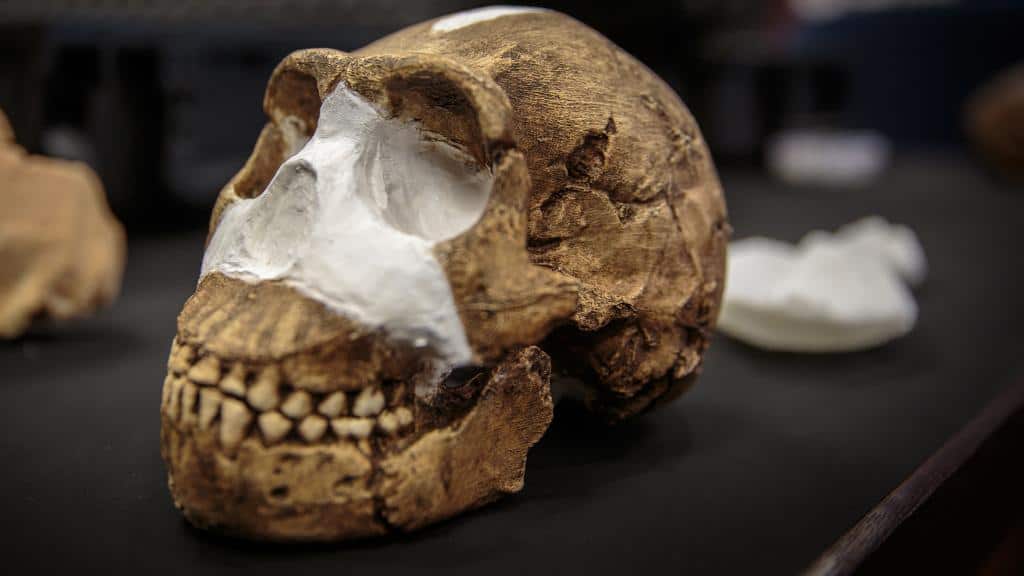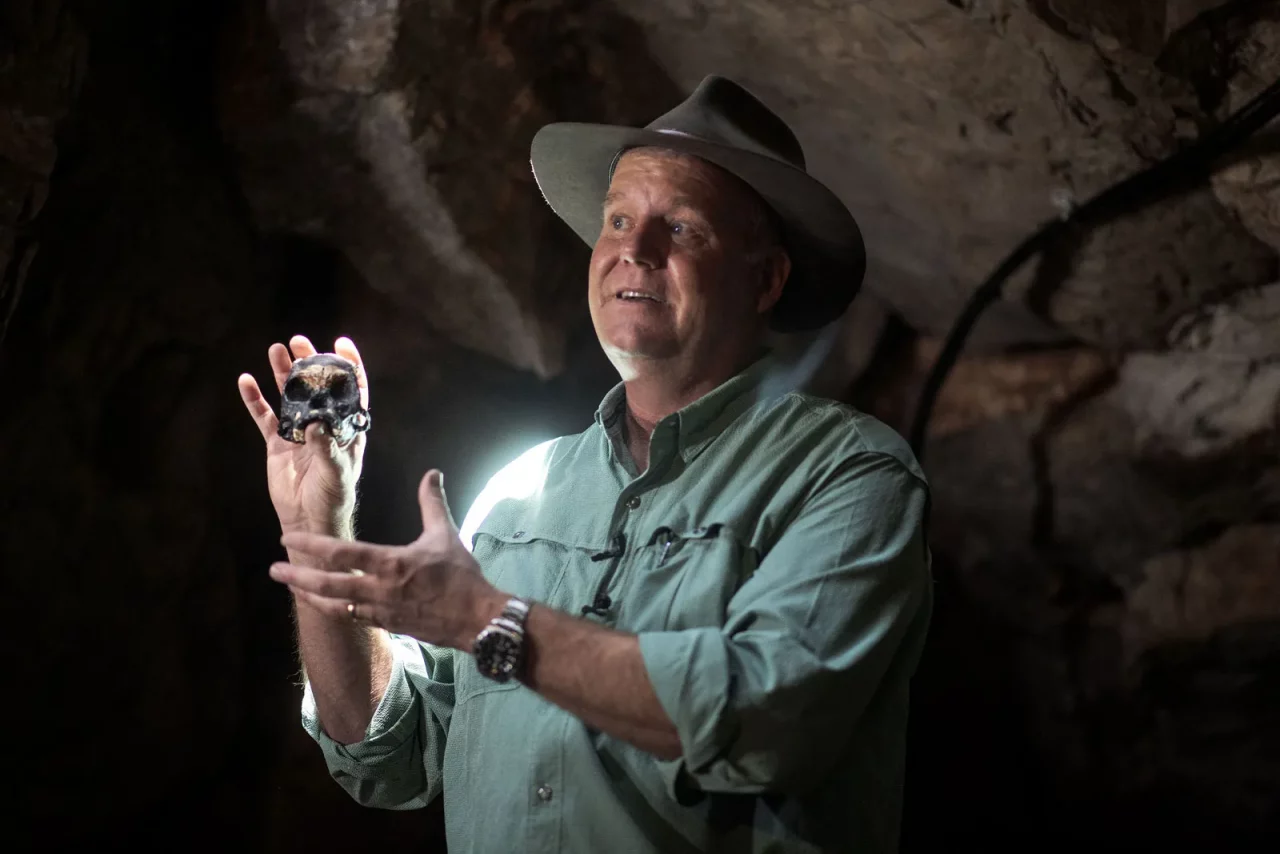Paleoanthropologist Lee Berger and his team discovered extinct hominin species called ‘Homo Naledi. It is also known as an early human ancestor. The scientists discovered the Rising Star Cave system near Johannesburg, South Africa. The team found it in 2013, but they brought it to the public in 2015.
It is an extinct species of Hominin. His notable works include the study of significant hominin fossils such as Homo Naledi and Australopithecus sediba. In 2008 his team discovered Australopithecus sediba in the Malapa Cave, South Africa.
Discovering Naledi in the Rising Star Cave, which gained international attention and acclaim. Earlier, in Israel, the scientist and his team claimed the evidence by which they found evidence in the cave. The team also made an announcement that the ‘Homo Naledi’ coddled in ceremonial practices, including the disposal of their deceased, was a matter of particular indulgence for Naledi.
Their discovery was not just a simple bones collection, but it was a real burial site. On a public note, many scientists and experts dismissed the speculations of Berger’s team findings. However, those who were present in the Rising Star cave system were aware of time.
The world would inevitably have to acknowledge that evidence is too compelling. The rumors were not persuasive and were grounded in substance, as the public would be believed them. Homo Naledi’s didn’t want the corpses of their own to be scavenged by wild animals.
It also determined their religious and social beliefs. It is also said to be that they also might be engaged in ceremonial rituals. It also indicates their care for their own and their sense of mourning when one of the members has passed away. These are observations that revealed that Naledi possessed complexity behavior and expressed emotions if any of their members passed away.
Also Read: CBS New York is Under the Weather, Mourning the Loss of Beloved Meteorologist Elise Finch at 51

What are the tools did the Homo Naledi use?
The Paleoanthropologist team discovered a stone block in the cave, where there was a skeleton that resembled a child. European Synchrotron radiation facility is already examining the plaster jacket. Berger and his team were amazed by the other revelations which were beyond their comprehension.
Berger’s team attempted to collect all the bones that they found and speculated what Naledi’s would look like. Later, observing the skeleton, the experts assumed that the species had a humanoid kind of appearance.
Like they resembled protruding Flat noses and the jaw, they were also skinny. They have a human appearance but yet distinct in their own way. They used to walk with their legs and might have a demeanor that would be harrowing for this generation.
As an unknown fact, In Cave of Bones, Lee Berger ultimately decided to descend the chute and discover the evidence that would encourage their studies. Also, their research based on the species utilizing tools. The scientist also encountered wall carvings in the cave and speculated that these were not arbitrary markings. But proof of Homo Naledi’s cognitive ideas to produce art.
Overall, these revelations already stunned the whole paleoanthropologist community, and Berger almost shredded with tears. He felt overjoyed and left him with no words to describe how he felt when he stood in the cave.

Throughout the discoveries, Homo Naledi possessed artistic inclinations and creative impulses. This indicates that Naledi was following the cultures and rituals of their society. Even though it is assumed that they were following a simple way.
However, the findings suggest that they were not devoid of the concepts like spirituality, religion and the afterlife. Assuming that revelations are only speculation about their capabilities. The other remarkable achievements that they might have been capable of.




